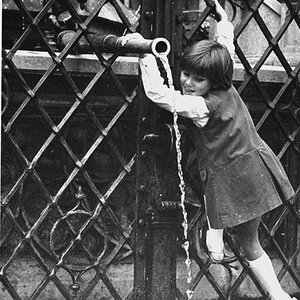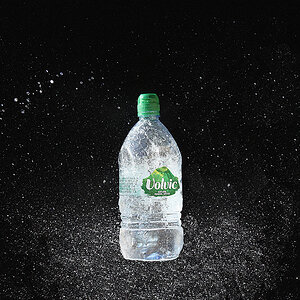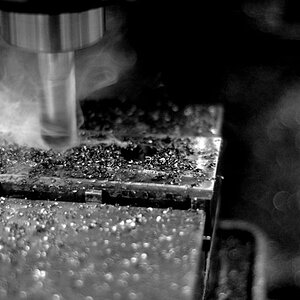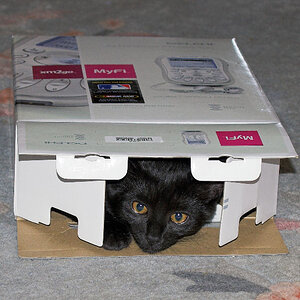Tck87
TPF Noob!
- Joined
- Sep 22, 2009
- Messages
- 2
- Reaction score
- 0
- Location
- Wisconsin
- Can others edit my Photos
- Photos OK to edit
I've been trying to create b & w 5x7 and 8x 10 photos. Everyone that I have done has turned out extremely grainy ( I'm using illord resin coated paper) . I'm not sure weather its the chemicals (Kodak d-76, Kodak fixer & stopbath) i am using, perhaps my negatives (they look clear) or my enlarger. Its been 3 years since i've developed film/photo so i'm most likely missing something. Any advise would be greatly appreciated...






![[No title]](/data/xfmg/thumbnail/34/34078-48bd13f44e7bb42fdcc0154c5ee7c78e.jpg?1619736268)

![[No title]](/data/xfmg/thumbnail/34/34079-552f58c1ec0f8485f9c24a5b1db49654.jpg?1619736268)




